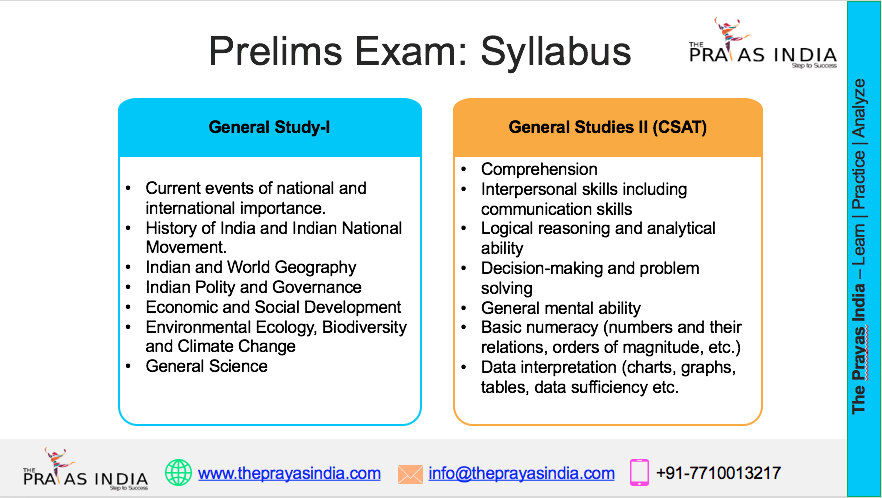First Fully Electric Tug of India: Kongsberg Maritime’s Landmark Project at Deendayal Port
Kongsberg Maritime has signed a landmark contract to supply a fully integrated technology and equipment package for India’s first fully electric tug, set to operate at Deendayal Port, Gujarat. This pioneering project is a key milestone in India’s Green Tug Transition Programme (GTTP), emphasizing the country’s commitment to sustainable maritime operations and reducing carbon emissions from port activities.
Project Overview and Strategic Significance
Designed by NavNautik India, the tug will boast an impressive 60-ton bollard pull, making it capable of handling demanding tasks at one of India’s major maritime hubs. Its delivery and commissioning are scheduled for the fourth quarter of 2026, marking the beginning of a new era in eco-friendly port operations at Deendayal Port, a flagship site for India’s green shipping initiatives.
The project aligns with India’s broader goals to decarbonize its maritime sector and support its international climate commitments. By adopting fully electric propulsion, Deendayal Port not only enhances its operational efficiency but also significantly reduces environmental pollutants such as CO2, NOx, and particulate matter, which are prominent concerns with traditional diesel-powered vessels.
Advanced Technology and Features
The contract awarded by Mandovi Drydocks in collaboration with Ripley Group includes a comprehensive set of cutting-edge equipment and systems from Kongsberg Maritime:
- Permanent Magnet (PM) Driven Azimuth Thrusters: These highly efficient propulsion units provide superior maneuverability and power, enabling the tug to perform precise towing and docking operations with less energy consumption.
- Energy Storage System (ESS): The electric tug incorporates advanced battery technology designed to optimize energy usage. The ESS supports peak shaving and power boosting, ensuring operational flexibility while maintaining zero emissions during tug operations.
- Automation and Control Systems (K-Chief and K-Chief PMS): These sophisticated digital control platforms enable seamless integration and management of propulsion and power systems, improving reliability and safety.
- Digital Monitoring Solutions (Vessel Insight and Vessel Performance): Real-time analytics and performance monitoring tools allow operators to maximize efficiency, schedule predictive maintenance, and minimize downtime.
- Electric Towing Winches: Kongsberg’s frequency converter-driven electric towing winches provide smooth and stepless speed control with a maximum pulling force of up to 35 tons. This system reduces hydraulic power usage and enhances safety through quick-release functions compliant with international standards.
Environmental and Economic Benefits
The electric tug’s zero-emission operation translates into a dramatic cut in greenhouse gases and pollutants, supporting cleaner air quality around port areas and coastal communities. Additionally, electric propulsion systems typically require less maintenance than diesel engines, which lowers operational costs and increases vessel availability.
The adoption of cutting-edge digital control and monitoring systems further reduces operational expenses by enabling optimized energy use and predictive servicing. This will set new benchmarks for cost-effectiveness and sustainability in Indian port operations, potentially inspiring similar upgrades across other Indian ports.
Impact on the Maritime Industry and Local Economy
This project will also contribute to job creation and skill development in Gujarat’s maritime sector, as local technicians and engineers engage with high-tech marine systems. It positions Deendayal Port as a global leader in green port infrastructure and supports India’s plans to transform its port and shipping landscapes through innovation.
The successful deployment of this electric tug is expected to encourage wider adoption of clean marine technologies, fostering a more sustainable and climate-resilient maritime ecosystem in India and beyond.




![Prayas-तेजस [UPSC CSE Sociology Optional] – Online & Offline](https://theprayasindia.com/wp-content/uploads/2025/09/Prayas-तेजस-UPSC-CSE-Optional-Subject-The-Prayas-India-300x300.png)
![Prayas-सूत्र [UPSC CSE Materials (Hardcopy)]](https://theprayasindia.com/wp-content/uploads/2025/09/Prayas-सूत्र-UPSC-CSE-Study-Materials-Hardcopy-The-Prayas-India-300x300.png)
![Prayas-मंत्रा [UPSC CSE CSAT]](https://theprayasindia.com/wp-content/uploads/2025/09/Prayas-मंत्रा-UPSC-CSE-CSAT-The-Prayas-India-300x300.png)
![Prayas सारथी [UPSC CSE One on One Mentorship]](https://theprayasindia.com/wp-content/uploads/2025/09/Prayas-सारथी-UPSC-CSE-One-on-One-Mentorship-The-Prayas-India-300x300.png)










